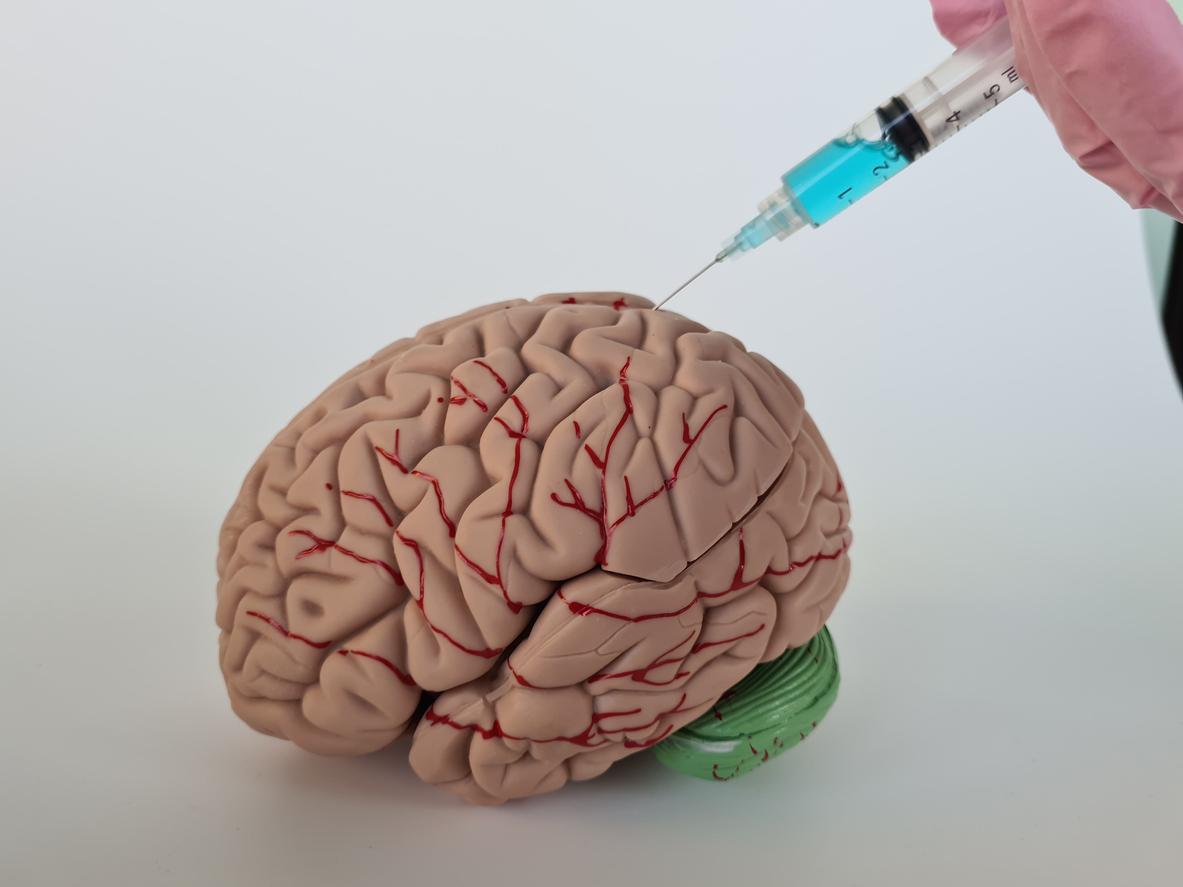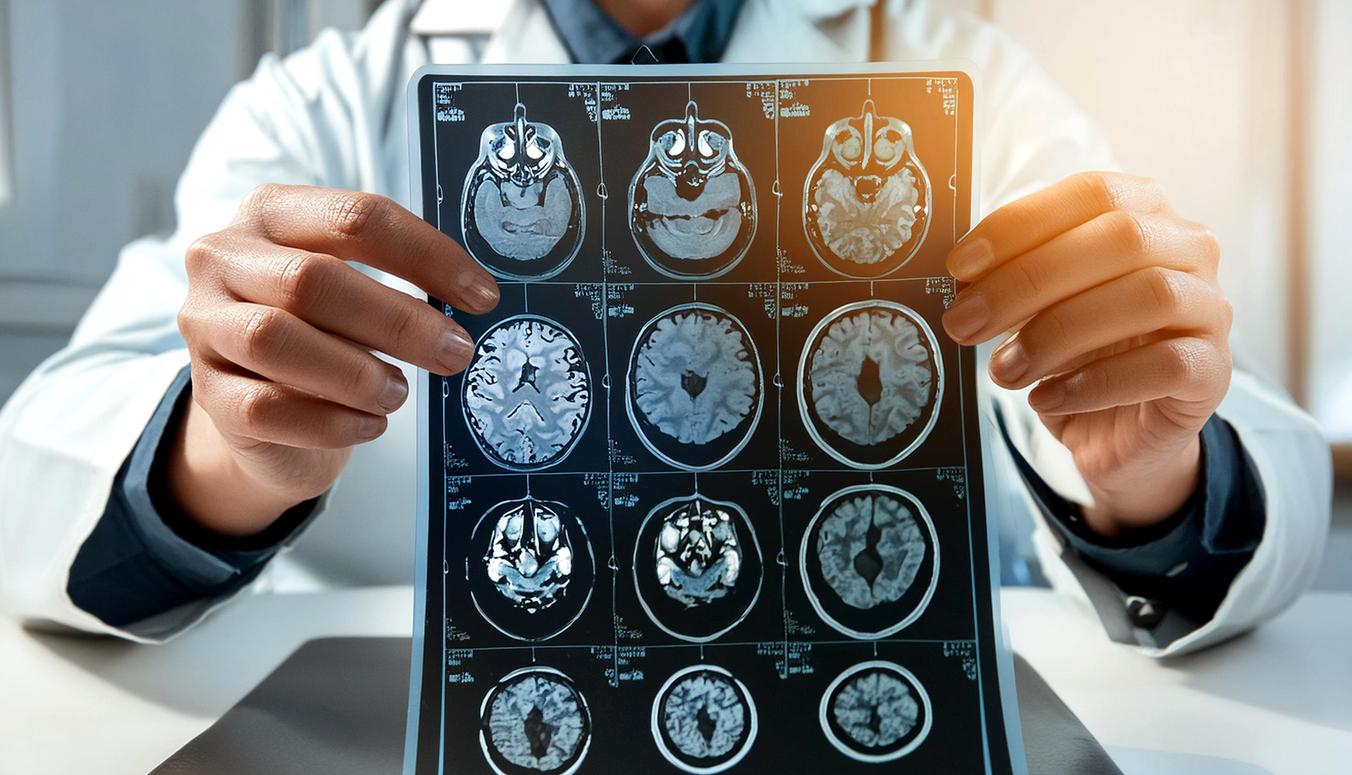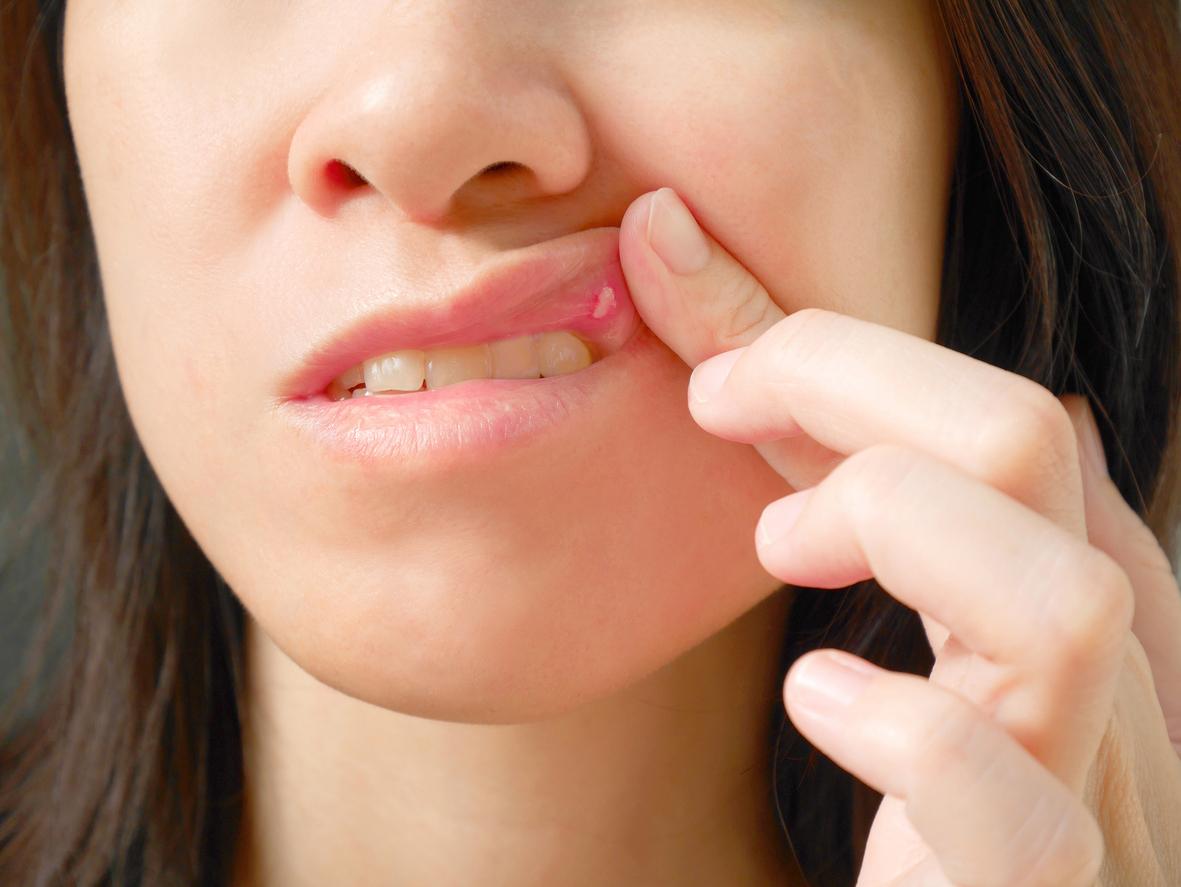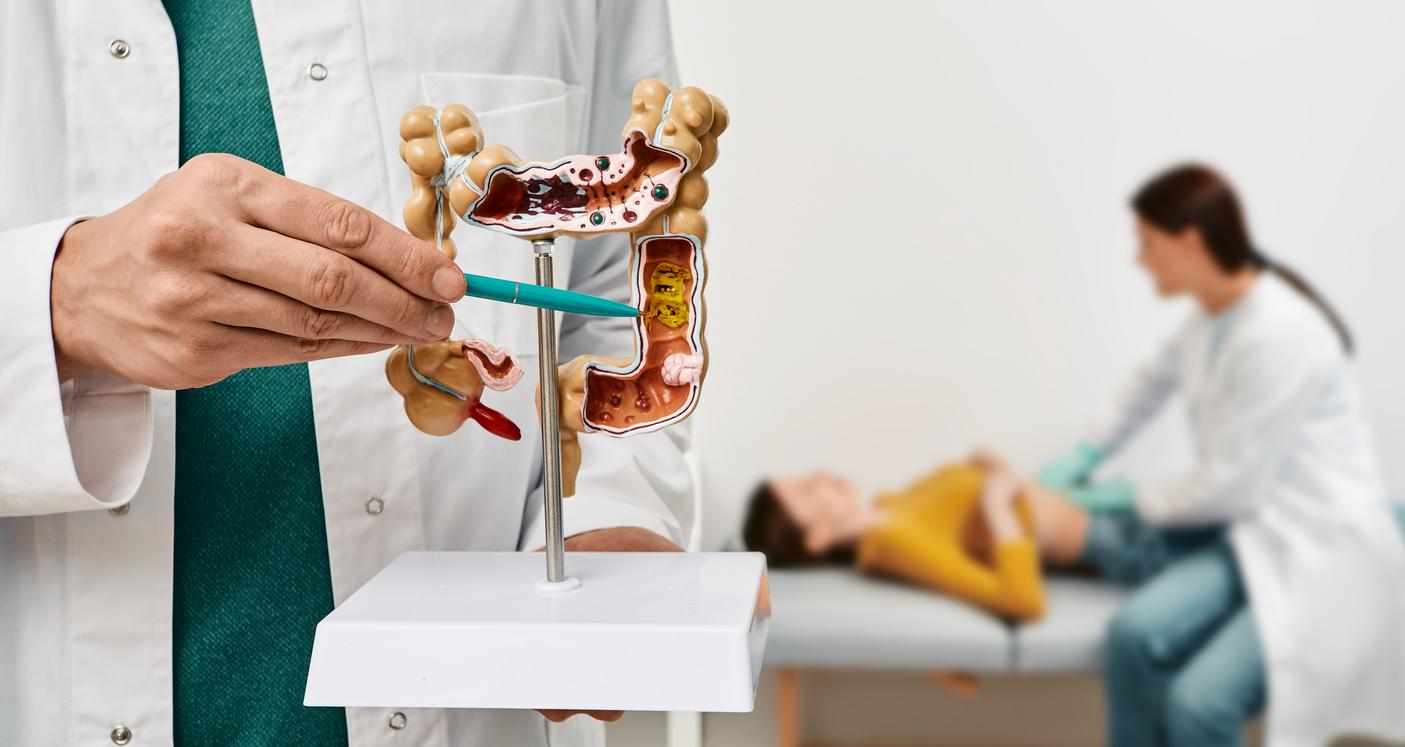How to get rid of Staphylococcus aureus, this bacterium responsible for multiple infections? Infectious disease researchers from the National Institute of Health and Medical Research (Inserm) of Lyon and the University of Paris Diderot, in collaboration with a team from the New York University School of Medicine (United States) United) have discovered an encouraging new avenue. These scientists have highlighted a mechanism by which Staphylococcus aureus feeds: it makes two different toxins, called LukED and HlgAB, to destroy the Red cells (red blood cells) and extract iron, its main food.
Starve the bacteria
This discovery constitutes an interesting avenue in the search for treatments against staphylococci: by blocking the action of the two toxins, the staphylococcus will no longer have access to iron, will therefore no longer be able to eat and will therefore be naturally eliminated. In addition, the researchers noted that the two bacterial toxins destroyed certain cells of the immune system of the infected person, limiting the effectiveness of the body’s defense reactions. Blocking toxins would also act on this point and restore the force of action of natural defenses sick people.
Antibiotic resistance
Staphylococcus aureus is the cause of nosocomial diseases, that is to say which develop in a hospital environment. Indeed, it is particularly dangerous in people who are already weakened. The treatment of staphylococcal infections is difficult because, according to the Institut Pasteur, 20 to 50% of strains of this bacteria are antibiotic resistantusual. Staphylococcus aureus can cause skin infections, conjunctivitis, ear infections, pneumonia or genital infections such as endometritis or salpingitis. If these infections are not stopped quickly, bacteria can migrate into the body and lead to secondary infections in the heart, joints, kidney or brain. This is why it is urgent to find treatments to replace antibiotics which have become ineffective.
>> To read also:
15 children infected with staphylococcus aureus in Corsica
Resistance to antibiotics: alarming consequences
Antibiotics: are we going to replace them with phages?
Hygiene: pajamas, this bacteria nest
















